On 27 July 1613 a man prostrated himself in the church of San Pedro Mártir in Toledo, having first made a solemn declaration: ‘I, Juan Bautista Maíno, make profession and promised obedience…’ Thus he became a Dominican friar. At the time, Maíno was halfway through painting ten canvases for the high altar of this very same church. Two of these, the most glorious and seasonally apposite, are currently on loan from the Prado and on show in Room 1 at the National Gallery (until 29 January).
They open a window on to a little-known episode in Spanish art — and the spiritual life of an intriguing man. Maíno (1581–1649) is not a well-known figure, even in his native land, though perhaps he would have been had he continued to paint many more pictures like these.
The two Adorations are brilliantly assured, almost hyper-real in their carefully rendered textures and surfaces: the silky hair of Melchior, the elder of the Three Kings (or Magi), and his highly polished bald pate, the sumptuous textiles in which he and his companions are clothed, the steaming breath of the ox in the ‘Adoration of the Shepherds’.
Along with the surface realism, however, there is what one might call devotional correctness. Joseph, for example, is not presented — as he often is in art — as a senior citizen, but as a youthful figure, leaning forward to kiss the child. This was the way that the saint was supposed to be depicted in Counter-Reformation art: as a vigorous father and provider. According to X-rays, Maíno first painted Joseph as an older man, with greying hair, then repainted him decades younger.
Understandably, he was keen to get everything right. In a contract for another altarpiece he undertakes to depict the subject, with ‘all the decorum that is required in such holy things’, but also using all his ‘study and diligence’, and in addition the most colourful ornaments possible. In the paintings on display at the National Gallery, he succeeded on all three counts.
They are spectacular displays of art and faith in which every detail, however naturalistic, has religious significance. The little black and white dog, for example, curled up at the bottom of the ‘Adoration of the Shepherds’ is a reference to a venerable play on the words, ‘Dominican’ and ‘Domini canis’ (or dog of the Lord). In the corner of the picture is a sacrificial lamb, referring to Christ’s future sacrifice.
It has been plausibly suggested that the artist himself is the figure on the left of the ‘Adoration of the Kings’, who points at the Christ child. This certainly looks like a portrait and the age is about right. He would have been 33 when the altarpiece was completed in 1614 (although the hat the figure is wearing, with an extravagant orange feather, doesn’t look very Dominican).
Maíno’s artistic learning was as genuine as his faith. He was thoroughly schooled in the most avant-garde trends of the early 17th century. The son of a Portuguese mother and a cloth merchant from Milan — which helps to explain the professional eye with which the raiment of the Kings has been observed — he was brought up in the town of Pastrana, east of Madrid. Instead of following his father’s trade, however, he became a painter. By 1604, at the age of 23, Maíno was in Rome — just at the moment of Caravaggio’s most revolutionary impact.
There is clear evidence that Maíno looked hard at Caravaggio’s paintings, and might well have met the man himself. The half-naked figure at the bottom right of the ‘Adoration of the Shepherds’ is borrowed from the great man’s ‘Martyrdom of St Matthew’ (1600); the flute-playing youth on the other side, and grizzled kneeling shepherd, look as if they come from Caravaggio’s repertory company of low-life models. But Maíno was careful to moderate the realism when he came to the holy family. Caravaggio himself got into trouble for lack of reverence in this respect.
No doubt, Maíno was seeing and learning from as much as he could. He even seems to have made an (undocumented) visit to Naples, and taken careful note of Caravaggio’s ‘Seven Works of Mercy’ (c.1607), which is echoed in both Adorations (that may also be where that hat and feather come from). The bright colours of ‘Adoration of the Kings’, in contrast, owe more to another prominent Italian artist of the day, Orazio Gentileschi.
In Rome, Maíno seems to have lived a Bohemian life — at least, he had an illegitimate child there by one Ana Vargas. But he left this little family behind when he returned to Spain. A few years after he completed the paintings for San Pedro Mártir in Toledo he moved to Madrid and became drawing master to Prince Philip — soon to rule as Philip IV and become the patron of Velázquez.
In this role he doubtless helped form the taste of the king — one of the greatest patrons in European history — and used his position to support Velázquez. Although he seldom painted after he took religious orders, when he did, as Jonathan Brown, a leading authority on Spanish art, put it, ‘his brilliance was undiminished’.
Got something to add? Join the discussion and comment below.
Get 10 issues for just $10
Subscribe to The Spectator Australia today for the next 10 magazine issues, plus full online access, for just $10.

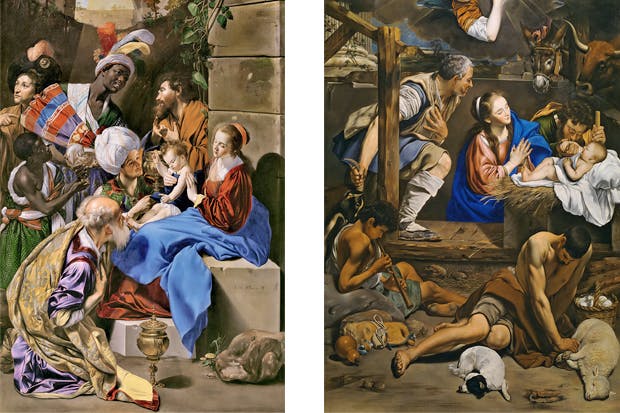
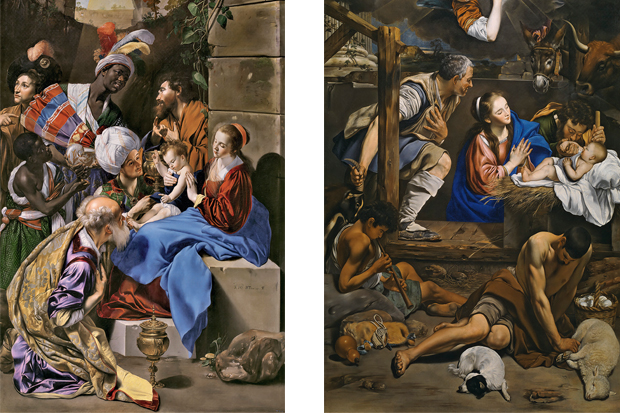


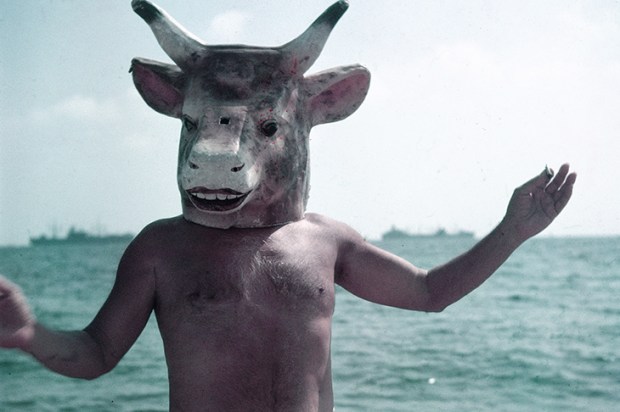
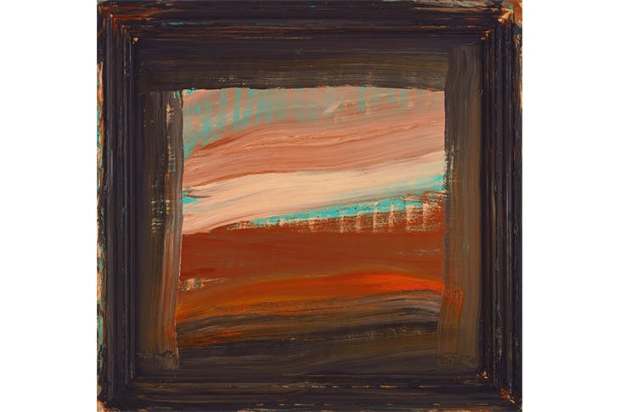
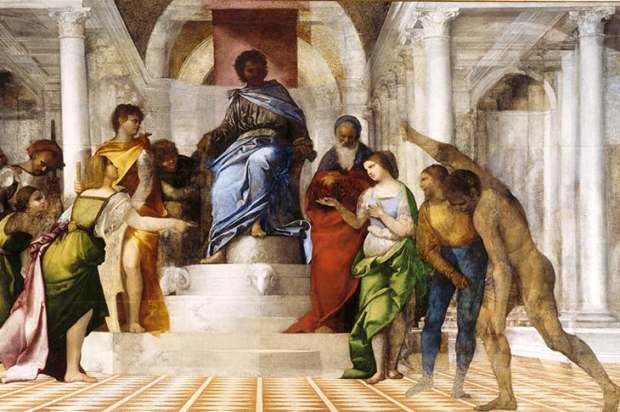






Comments
Don't miss out
Join the conversation with other Spectator Australia readers. Subscribe to leave a comment.
SUBSCRIBEAlready a subscriber? Log in